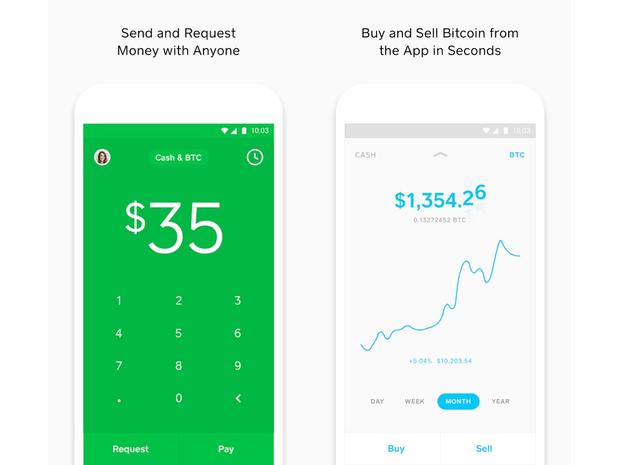The social media giant may show you just how much time you spend using its service.
Eagle-eyed engineer Jane Manchun Wong found code buried within Facebook's Android app showing the social media giant has created an as-yet-unreleased feature called "Your Time on Facebook," which displays how much time you've spent on the social media site.
The "Time Well Spent" movement, which was started in earnest around 2013 and has gained steam in recent years thanks to the Center for Human Technology, has sought to force tech companies to rethink how they design their apps in an effort to address user complaints and surveys that found social media users increasingly distressed about how much time they spent on social media.
The main culprit users and other tech companies point to is Facebook. Other companies are creating features on both iOS and Android that allow you to check your app usage and time spent, with Apple even mentioning Facebook specifically at its recent developer conference in reference to apps you may want to limit your time on.
The potential Facebook feature, called "Your Time On Facebook," was confirmed by Facebook to TechCrunch. "We're always working on new ways to help make sure people's time on Facebook is time well spent," Facebook told Josh Constine.
According to Manchun Wong -- a computer-science student at the University of Massachusetts -- the unreleased feature will allow you to see just how much time you have spent on Facebook per day and give you the option of setting daily or weekly time limits. She also discovered earlier this month that Facebook was planning something similar for Instagram called "Manage your time."
Limiting screen time
Apple made smartphone app usage an integral part of its keynote presentation at WWDC this year, highlighting the Screen Time feature in iOS 12 that will give users information on app usage and allow you to set time limits for every app. Google is doing similar things with the upcoming Android P update, with an even bigger focus on general phone usage, even creating a feature that would allow users to set a time when your phone automatically goes into "Do Not Disturb" mode.
Facebook CEO Mark Zuckerberg has leaned into the idea of reducing time on the social media site, with all the criticism aimed squarely at his company.
"Time spent is not a goal by itself. We want the time people spend on Facebook to encourage meaningful social interactions," he said in November.
But Joe Edelman, who has been working with the Time Well Spent nonprofit organization, disagreed with Zuckerberg's assessment of the issue, writing in a Medium blog post this year that the Facebook CEO's desire to get back to "personal moments that lead us to connect more with each other" was shortsighted and did not address the core issues plaguing the site's users.
"If the simplified actions and relationships weren't designed with a users' particular values in mind, then using the software can make living by their values more difficult, which leaves them feeling like their time was not well spent," Edelman wrote.
"Designed to addict us"
"As users, we end up acting and socializing in ways we don't believe in, and later regret. We act against our values: by procrastinating from work, by avoiding our feelings, by pandering to other people's opinions, by participating in a hateful mob reacting to the news, and so on."
The Center for Human Technology says that while the amount of time spent is a concern, it's how that time is being spent that underpins the negative feelings people may have after using these websites.
"Snapchat turns conversations into streaks, redefining how our children measure friendship. Instagram glorifies the picture-perfect life, eroding our self worth. Facebook segregates us into echo chambers, fragmenting our communities. YouTube autoplays the next video within seconds, even if it eats into our sleep," the center wrote.
"These are not neutral products. They are part of a system designed to addict us."
*this article was featured on Download.com on June 25, 2018: https://download.cnet.com/blog/download-blog/facebook-is-creating-a-personal-timer-to-curb-your-social-app-addiction/





















